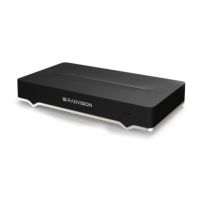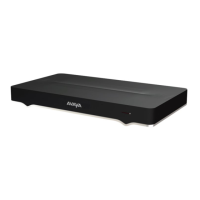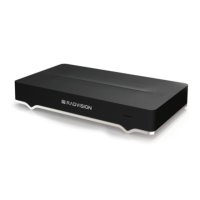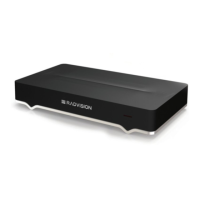Chapter 2: Initial Workflow for Deploying
the Avaya Scopia
®
XT Series
About this task
To safely set up and perform the required initial settings to start using the Avaya Scopia
®
XT Series,
follow the recommended workflow described below.
Procedure
1. Decide how to incorporate the XT Series into your deployment, as described in
Planning the
Topology of the Avaya Scopia
®
XT Series Deployment on page 24.
For example, decide whether to enable license options such as a built-in MCU, where to
deploy the XT Series, and the ports to open.
2. Read the safety information booklet. Check the XT Series to verify that no shipping damage
occurred, as described in
Checking the Product Shipment on page 21.
3. Decide where to place your XT Series, depending on the room setup (see Planning the
Optimal Room Setup on page 42).
4. To quickly connect your XT Series, refer to the Quick Setup Guide for Avaya Scopia
®
XT
Series. For more detailed information, see
Setting Up the XT Series Hardware on page 42,
which includes:
• Connect the XT Series to the network.
• Connect monitors if it is used as an endpoint (the Scopia
®
XT Executive has a built-in
monitor).
• Connect microphones and loudspeakers if it is used as an endpoint (the Scopia
®
XT
Executive uses a built-in microphone and monitor speakers).
• Connect cameras if used as an endpoint (the Scopia
®
XT Executive uses a built-in
camera).
5. Choose if you want to remotely control your XT Series (Controlling the XT Series on
page 68). To use the XT Remote Control Unit, first connect a monitor (
Connecting
Monitors to the XT Series on page 47). Otherwise, use the web interface to control the
system (see Accessing XT Series Web Interface on page 75).
6. Register your license to activate the XT Series (see Activating the XT Series and its Optional
Features on page 78).
Without a license key to activate the product, you can only use the system in preview mode
for 30 days.
22 Avaya Scopia
®
XT Series Deployment Guide April 2015
Comments? infodev@avaya.com

